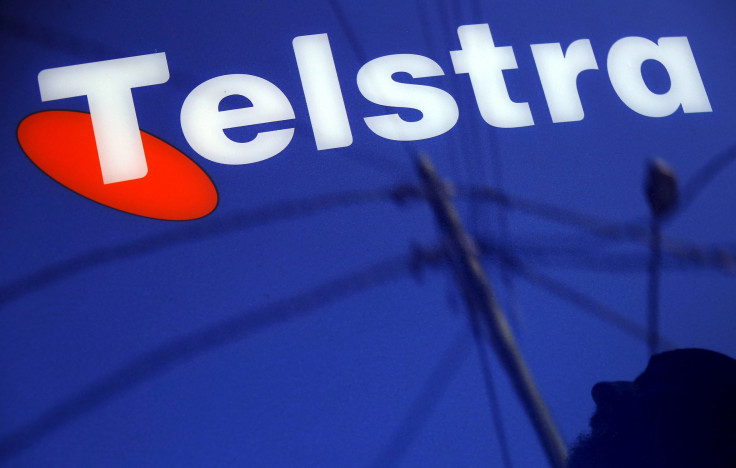Testing Telstra’s dominance in Southeast Asian market

The telecom sector of Australia remains one of the biggest industries in the country, but major changes could put its growth to a standstill. Telstra, the country’s biggest telco, is hounded by investor expectations concerning its future plans, especially now that its competitors have been jumping on the mergers and acquisitions bandwagon to cope with the growing market.
But Telstra is mulling over an out-of-the box — or maybe an overseas — expansion plan. The company wants to extend its presence in Asia.
Brendon Riley, Telstra global enterprise service group executive, told The Sydney Morning Herald early this year that the company planned to be more Asian-centric.
In hindsight, Telstra’s expansion dream is directed to countries with growing network problems, one that the company is confident of fixing. India, for example, is currently suffering from massive call drops that imperil a large fraction of its commerce, let alone its economy. But for the Philippines, which it considers a “new area for growth akin to Indonesia and still needs more improvement compared with established Hong Kong and Singapore,” its plan is to be more of a saviour than just a mere newcomer.
Reports on Telstra’s Philippine expansion plans have sent many Filipinos to revelry simply because the country is no different from India in terms of mobile network speed and Internet broadband quality. The country ranks among the slowest in Asia and the entire world, even slower than other economically miniscule countries in Africa.
The entry of a giant Australian brand to the country means that the nation’s hope to enjoy a network speed obtainable only in most first-world countries is now far from impossible. It could also outpace the sluggish senate and congressional hearings aimed at solving the quandary.
Philippines, like India and other countries in Asia, has been an attractive market for firms in the telco-network segment. 5BARz International (OTCQB: BARZ) , an American network enhancer provider that commenced its global operations in India this year, is also looking at the Southeast Asian market with sincerity.
“Right after our African penetration this month, we will move on to Southeast Asia in November,” CEO Daniel Bland said in an email interview. He further emphasised the large market potential for network enhancer in the region, given how slow the government is in taking immediate actions on improving their telecommunications infrastructure.
Telstra revealed in August that it was in talks with beer and food conglomerate San Miguel Corporation to challenge major players in the Philippines. However, some experts are not confident that the two firms will be able to pull off such a lofty enterprise.
"Telstra does lack emerging-market experience, and also in setting up greenfield operations, and these are not easy challenges to navigate. San Miguel is an influential conglomerate with ample spectrum holdings, which is good, but it has a weak track record on previous telco attempts,” analyst Sachin Gupta said.
But this does not mean that Telstra’s inclusion in the Philippine market would be just another newcomer’s challenge for PLDT and Globe, the two leading telcos in the country.
The entry of a third network player will also put pressure on share prices of the two listed telecommunications companies. “Given that market share, growth and margins may deteriorate, there will be a lot of pressure on PLDT and Globe’s share prices if Telstra decides to enter,” Alexander Tiu, senior equity analyst at AB Capital Securities Inc., told Business Mirror.
Contact the writer at feedback@ibtimes.com.au, or let us know what you think below.






